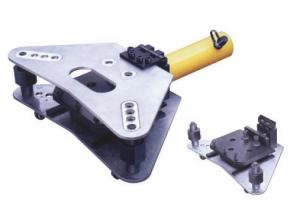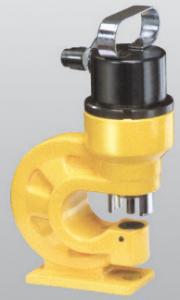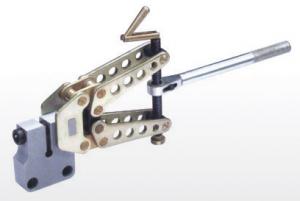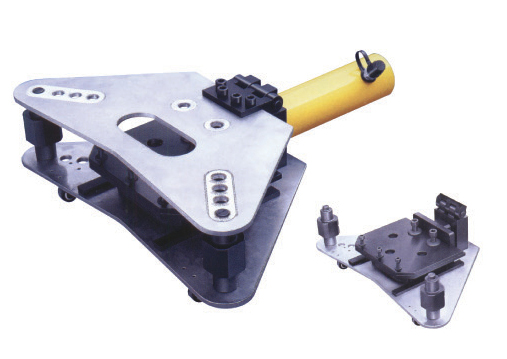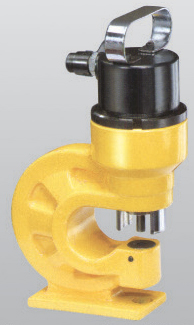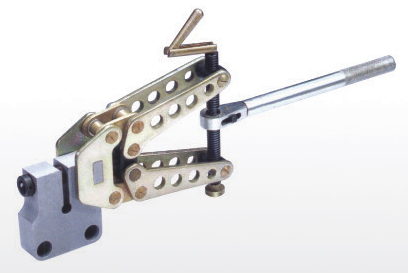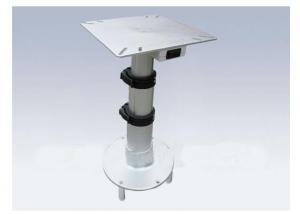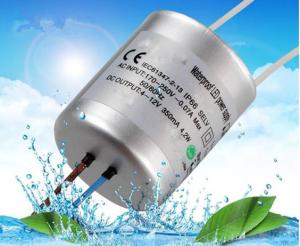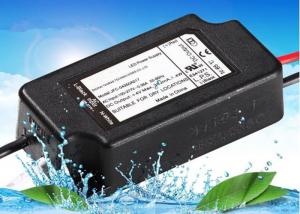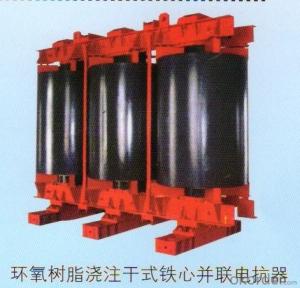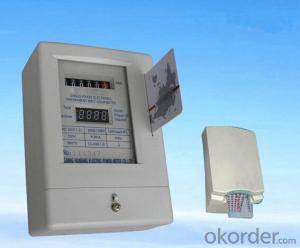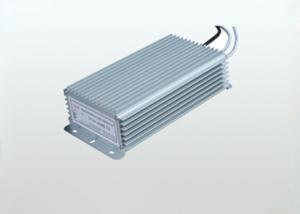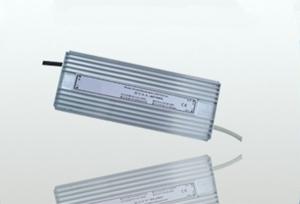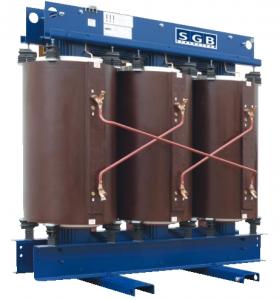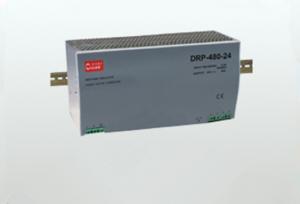Bus processing series
- Loading Port:
- China Main Port
- Payment Terms:
- TT OR LC
- Min Order Qty:
- -
- Supply Capability:
- -
OKorder Service Pledge
Quality Product, Order Online Tracking, Timely Delivery
OKorder Financial Service
Credit Rating, Credit Services, Credit Purchasing
You Might Also Like
Specifications
1. Max. punching capacity: dia 45mm* thi 35mm
2. Temperature Cooling system
3. CE certificate
Hydraulic Punching Machine
I. Features
*Full stroke adjustment.
*Low power inching and adjustable stroke.
*Large punch table with multi-purpose bolster removable table block for overhang channel/joist flange punching.
*Machines with very low maintenance requirements.
*Punch adaptors
*Swing away punch stripper unit
*Easy change punch holder
*Universal die bolster
- Q: I know you need fuses for cars, electrical equipments, etc. I don't get what they are really used for?
- If there occurs a short circuit or an overload beyond the current rating of the fuse, the thing melts inside, breaking the contact, stopping current flow, and sending someone off in search of a new fuse rather than repairing the situation which blew out the last one. Nothing in the fuse breaks, it melts. A fuse is not a mechanical circuit breaker, which is an actual switch actuated either magnetically (in AC circuits) or a bimetallic strip which has the current going through it and gets hot enough on excessive current that it self-bends and breaks the connection temporarily, and can be reset. Once a fuse blows, it's over for that fuse.
- Q: By non related I mean like not a minor in another engineering or computer science. I was thinking about possibly business. What do you think would be the best minor that would give me a better salary/job opportunity?
- Set yourself up for a future graduate degree. First, a masters in EE is not very important so I don't recommend my students go there. But, a masters in business admin is a great career helper. SO. get a minor that will let you go directly into a MBA program without a bunch of pre reqs. Most schools have one. If not, make up your own. Look at the pre reqs for an MBA program and take them. Probably, accounting, econ, management etc
- Q: I think that I might have opened a portal into another world. Yesterday I heard a recording off of the internet that didn't exist! Weird. Also, I have been hearing voices and sounds coming from the room where I think that the portal was opened. I am so freaked out. I have a lot of excess electrical equipment in this room and I feel a little bit uncomfortable with that. I'm wondering if the equipment is making me feel weird too. Does anyone have a similar experience? What should I do? I don't want to hang out with spirits!
- sprinkle holy water, and pray Catholic exorcism prayer.
- Q: I will go to American in next month and I need to get some pieces of equipment e.gcamera,digital vedio,so I need someone canlet me know how much walt use in u.s.a .Because we use 210 walt in Hong Kong.I need to bring the adaptor or not.Chelsia Leung
- You use 230 volts 50Hz in Singapore, not 210 watts U.S. uses 120 volts 60Hz. Many small appliances will operate on 110 to 240 volts, either 50hz or 60Hz. Check the plate on the back or check the manual. For these, you don't need any converter, just an adaptor for the actual plug. This probably includes your cameras. Those that do not, you will need a converter of some sort, which can get expensive, so check carefully.
- Q: I'm doing research for a project and am having a hard time nailing this one down. On that same note, what is a panel in the electrical engineering realm?
- Hardware is everything that is not the electricity itself, or what the electricity represents. In a computer, the hardware is the resistors, capacitors, wires and transistors all connected into a circuit. After accounting for all this, it leaves the electrons themselves traveling through the circuit. In terms of plumbing, it is the difference between the pipe and the water the pipes contain. The information is known as software. This is a series of electrical pulses generated at a precise rate. A beat can contain electrons or lack them. A series of beats is what forms the software code which determines how the computer functions. A panel is a flat surface which typically serves as an interface. An interface is a communication system set up to allow people control electronic devices. Panels traditionally contained contact switches or buttons. These influenced how the device operated. Without the interface, the user would have to disconnect and reconnect the circuits by hand. Computers use panels called GUI's. This is a graphical user interface. Microsoft windows is the best example. The software is represented by a series of small pictures and a special pointing device is used to start the software running. before GUI's, computer users had to type individual commands using another panel interface - the computer keyboard. Now keyboards are used mostly for work processing.
- Q: I want to wire all my regular recepticles with #10 wire which I know I can use 30 amp breakers with. Does anyone carry 30 amp 120 volt recepticles or can I use the 20 amp recepticles? I can't get anyone at Home Depot in the electrical department to answer the phone. Best answer with a link to this item (if it exists) gets ten points. Please not a lowes link. I don't care to do business with them as I can never get anyone in my local store (Nederland, TX) to help me, while Home Depot has bent over backwards and done cartwheels to help me. Thanks.
- No, they do not make a general purpose receptacle that is rated 30 amps, 15 and 20 amps only. If for some unknown reason you must install 30 amp receptacles, you'll have to use a receptacle with a different configuration. I guess if you have a house full of dryers and nothing else it would work.
- Q: I don't intend to get a job with this but it would be good to know some things about it since everything runs on electricity now.
- There are very few university graduates with good practical knowledge. I was interested in electronic engineering since the age of 4 but couldn't get to the right university. Those who come out of universities usually sit at the desk all day long and stare at the computer and do calculations for real engineers. We need both purely practical hands on engineers and ''mindless'' theoretical ones.
- Q: I know water can damage electrical equipment, but why can water do this? I'm sure it has to do something with electricity and water. I seek an in-depth answer that will leave me with no doubts, or further questions, if possible.
- Water is a polar molecule and in nature contain impurities which enhance it's conductive ability. So water become a conductor when introduced to electronic devices and electricity follows the path of least resistance, which is no longer the desired circuit. So with the electricity being conducted into places that are not desired it often causes components to fail by overloading them with power. Electrical equipment that gets wet while not connected to power often can be used provided it is allowed to dry out completely before power is applied. For example I have been know to put keyboards in the dishwasher and as long as I wait before I used them afterwards. But pour a cup of coffee into the ketbouard while in use and generally it is toast.
- Q: I am just a few classes away from getting my Associates in Electrical Engineering. I currently have a Diploma in Industrial Electricity and have been working in industrial maintenance for 12 yrs. and am currently an electrical technician (10 yrs. multi-skilled and the last 2 yrs. strictly electrical due to a job change). I have returned to school to get my AAS in EE, so I would really like to know what possibilities I could expect.
- You can get a job as an electronic engineering technicians. You help design, develop, test, and manufacture electrical and electronic equipment such as communication equipment, medical monitoring devices, navigational equipment, and computers. You may work in product evaluation and testing, using measuring and diagnostic devices to adjust, test, and repair equipment. Median annual wages of wage and salary electrical and electronic engineering technicians were $53,240 in May 2008. The middle 50 percent earned between $41,550 and $64,120. The lowest 10 percent earned less than $32,490, and the highest 10 percent earned more than $78,560. Median annual earnings in the industries employing the largest numbers of electrical and electronic engineering technicians were:
Send your message to us
Bus processing series
- Loading Port:
- China Main Port
- Payment Terms:
- TT OR LC
- Min Order Qty:
- -
- Supply Capability:
- -
OKorder Service Pledge
Quality Product, Order Online Tracking, Timely Delivery
OKorder Financial Service
Credit Rating, Credit Services, Credit Purchasing
Similar products
Hot products
Hot Searches
